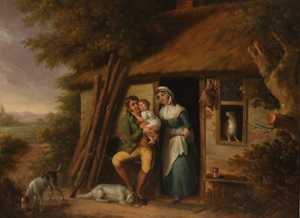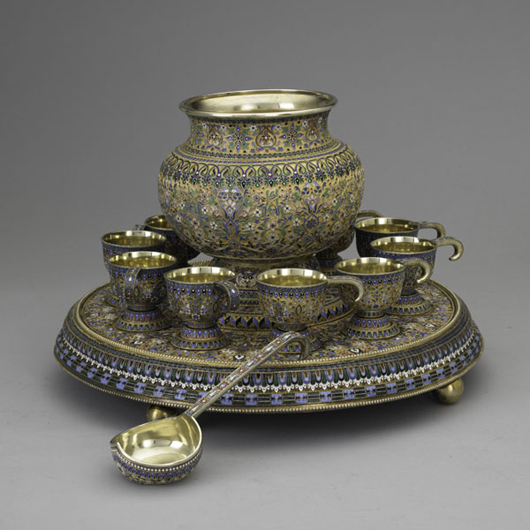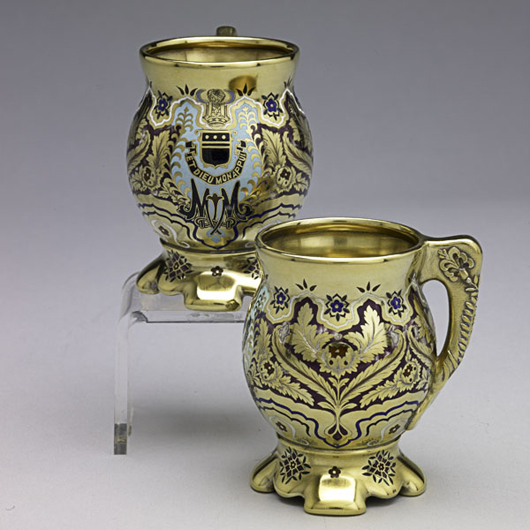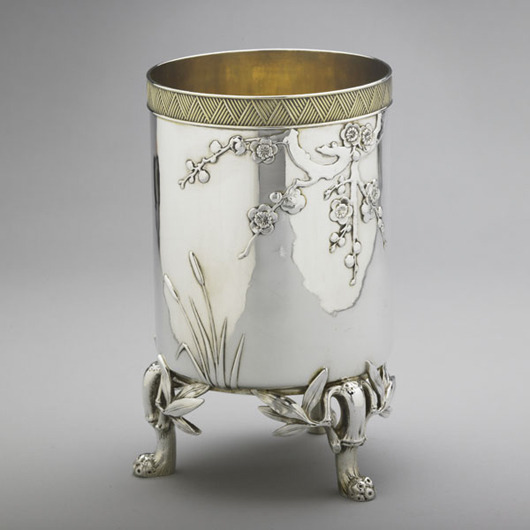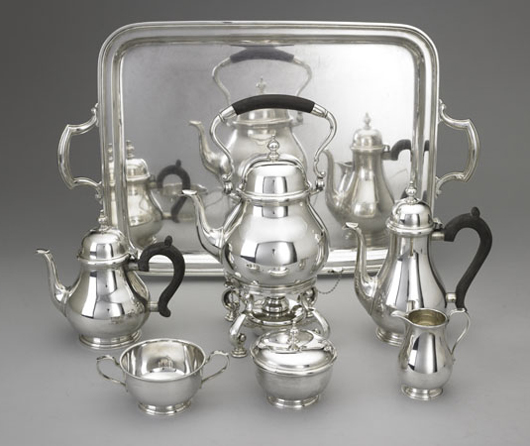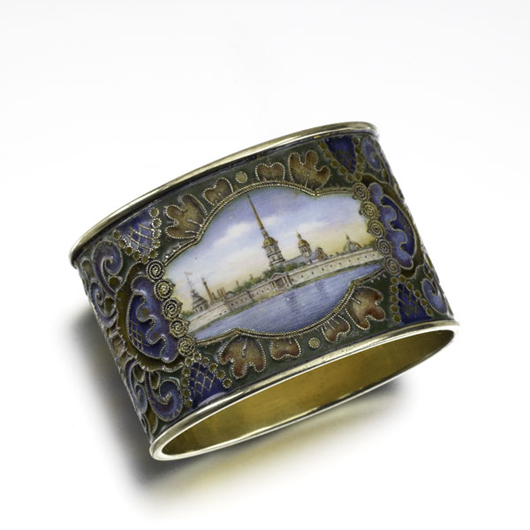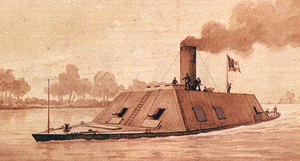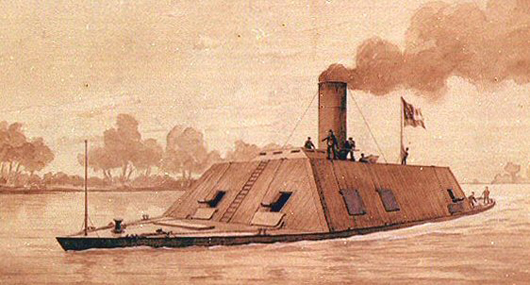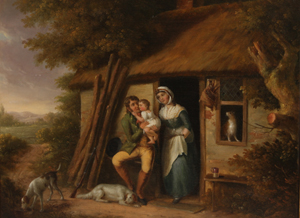
Joseph Herst (Paris, 19th century), ‘The Gamekeeper’s Cottage,’ oil on canvas, 26 x 20 inches, signed lower right, dated 1864. Estimate: $4,000-$5,000. Stefek’s Auctioneers & Appraisers.
GROSSE POINTE FARMS, Mich. – It can be difficult to find a unique gift for a loved one, and auctions are a wonderful solution in a search for the perfect present. Stefek’s Auctioneers & Appraisers is pleased to share a beautiful selection of contemporary and antique jewelry, fine porcelain, furniture, and decorative and fine art at their Holiday Jewelry, Fine and Decorative Arts Auction on Wednesday, Dec. 7. The auction will begin at 6 p.m. Eastern.
LiveAuctioneers.com will provide Internet live bidding.
Doors open at 4:30 p.m. and light refreshments will be served.
Lauded Michigan artist and Center for Creative Studies Professor Charles Culver (1908-1967) worked in a wide variety of media but is particularly well known for his stylized sketches of animals. The sketches are formalized yet beautiful, a look that was groundbreaking in his day. He told the Detroit Free Press in 1952 that “when successful, I achieve substance rather than three-dimensional form.” Stefek’s will offer a series of animal sketches by Culver, including a bull, a Siamese cat, antelopes, a warthog, a crow, and a horse head, each estimated at $150-$250.
If more traditional artwork is your style, Stefek’s has beautiful oil paintings in this sale. The Gamekeeper’s Cottage, oil on canvas, by Joseph Herst (France, 19th century) is a beautiful painting of a homecoming. The gamekeeper kisses his son as his dogs and wife gaze at him in adoration (est. $4,000-$5,000). Herst exhibited in the Paris Salon and his paintings are included the Louvre’s collection.
Henry Charles Andrews (British, 1794-1868) painted charming figures, landscapes and country scenes. The painting in the sale depicts a courting couple strolling along a forest path. The maiden is looking off into the distance and blushing as the man affectionately gazes at her (est. $1,000-$1,500).
An oil by G.L. Cameron (Ecuadorian/French, 20th century) purchased from the Joseph L. Hudson mansion on E. Boston Boulevard in Detroit, will also be offered. Hudson was the president of the J.L. Hudson Co., a major department store chain. The painting, titled Swan Inn, depicts a tranquil country farm scene with a horse-drawn covered wagon and a welcoming innkeeper (est. $3,500-$4,500). Cameron was born in Ecuador and traveled to Paris.
Stefek’s will also offer oils by Dutch artist Soren Christiansen (1858-1937), Mathuren Arthur Andrieu (French/American 1830-1896), William Oliver Stone (American, 1830-1875), Charles Marchaud (1843-1901) and others.
A gorgeous birch and ebony Biedermeier-style cabinet will be offered (est. $1,500-$2,500). The clean and simple design of the cabinet, a wonderful example of this pre-art deco aesthetic, showcases the intrinsic beauty of the wood. It is a stark contrast to the baroque revival iron and patinated metal torchieres also offered. Elaborate vines, leaves, and floral blossoms decorate these torchieres, which stand 76 inches tall on leaf feet (est. $1,500-$2,000). They complement the Jacobean-style furniture that will also be offered in the sale.
A gift of a pair of Victorian sterling silver candlesticks will become an instant family heirloom. Stefek’s will offer an elegant pair made by Martin, Hall & Co., which dates to 1884 (est. $800-$1,200). A pair of Empire-style bronze candlesticks will also make an unforgettable addition to a home. A pair in the sale dated from the early 20th century (est. $700-900).
Jewelry always makes a lovely holiday present. This auction will include pieces for every price range. Available are gorgeous diamonds rings, shimmering Mikimoto black pearl earrings and a stunning rose-cut diamond drop necklace. For a more affordable yet still thoughtful present, Stefek’s will offer lots of several rings that can be broken up to become unique presents for sisters, daughters, mothers, and nieces. The sale will also include chic vintage jewelry including cameos, amethyst, topaz, amber, turquoise and pearl items.
A particularly exciting jewelry offering is a Tiffany & Co. 18K yellow gold pocket watch inset with 16 diamonds. The watch dates from 1890-1920, and is decorated with a colorful enameled Polynesian floral design. It is offered together with a pin-fob made of 18K yellow gold in a beautiful Polynesian floral form (est. $1,400-$1,800). Vintage watches including Patek Philippe and Omega will also be featured.
Previews will start Friday, Dec. 2, from 10 a.m. to 4 p.m. For details visit www.stefeksltd.com or phone 313-881-1800
ADDITIONAL LOTS OF NOTE
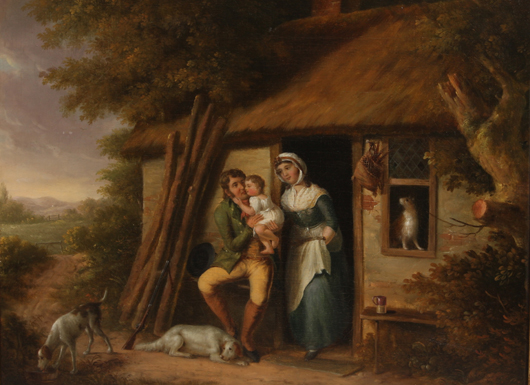
Joseph Herst (Paris, 19th century), ‘The Gamekeeper’s Cottage,’ oil on canvas, 26 x 20 inches, signed lower right, dated 1864. Estimate: $4,000-$5,000. Stefek’s Auctioneers & Appraisers. 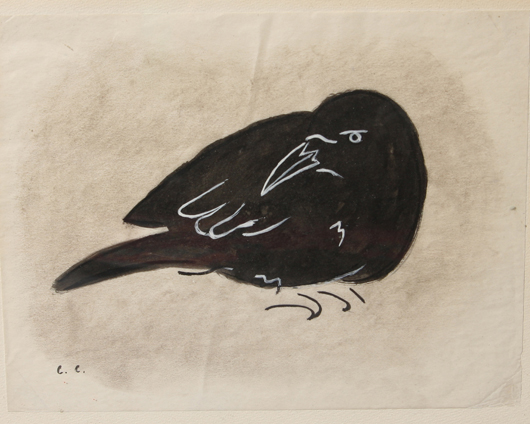
Charles B. Culver (American, 1908-1967), ‘Crow,’ watercolor and chalk on paper, 8 1/2 x 11 inches, initialed lower left ‘C.C.’ Estimate $150-$200. Stefek’s Auctioneers & Appraisers. 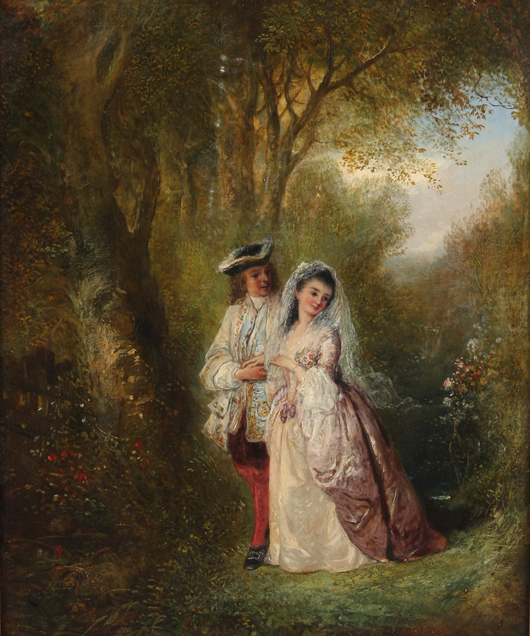
Henry Andrews (British, 1794-1868), ‘Courting Couple,’ oil on canvas, 18 1/4 x 14 inches, signed lower left. Estimate: $1,000-$1,500. Stefek’s Auctioneers & Appraisers. 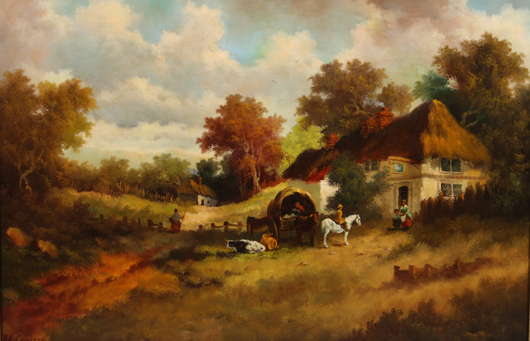
G.L. Cameron (Ecuador/ Paris, 20th Century), ‘Swan Inn,’ oil on canvas, 36 x 24 inches, signed lower left. Provenance: Joseph L. Hudson mansion, Detroit. Estimate: $3,500-$4,500. Stefek’s Auctioneers & Appraisers. 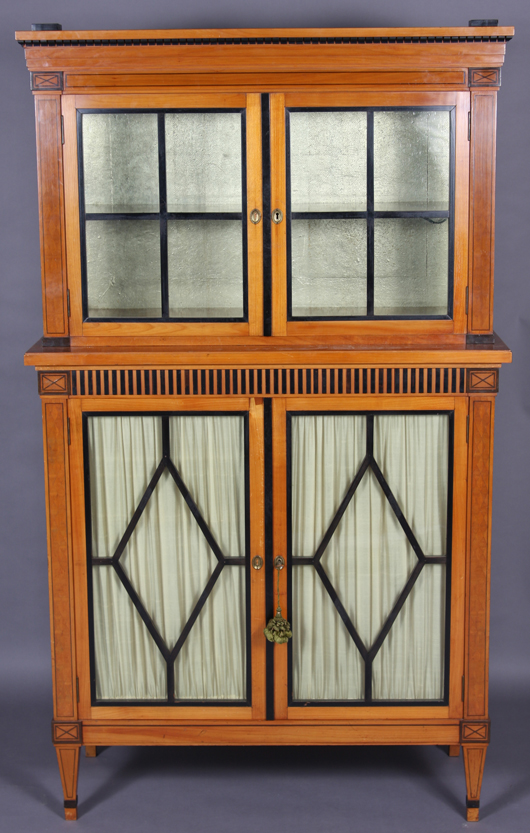
Biedermeier-style birch and ebony finished cabinet, Continental, first quarter 20th century. Estimate $1,500-$2,500. Stefek’s Auctioneers & Appraisers. 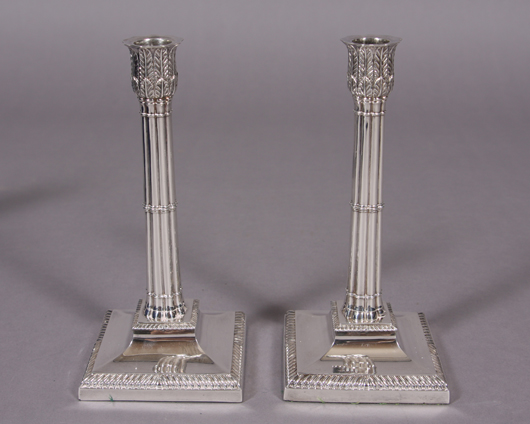
Victorian silver candlesticks. London, 1884, by Martin, Hall & Co. The candle socket of molded leaves above reeded standard on weighted square base, 9 inches. Estimate: $1,500-$1,200. Stefek’s Auctioneers & Appraisers.


